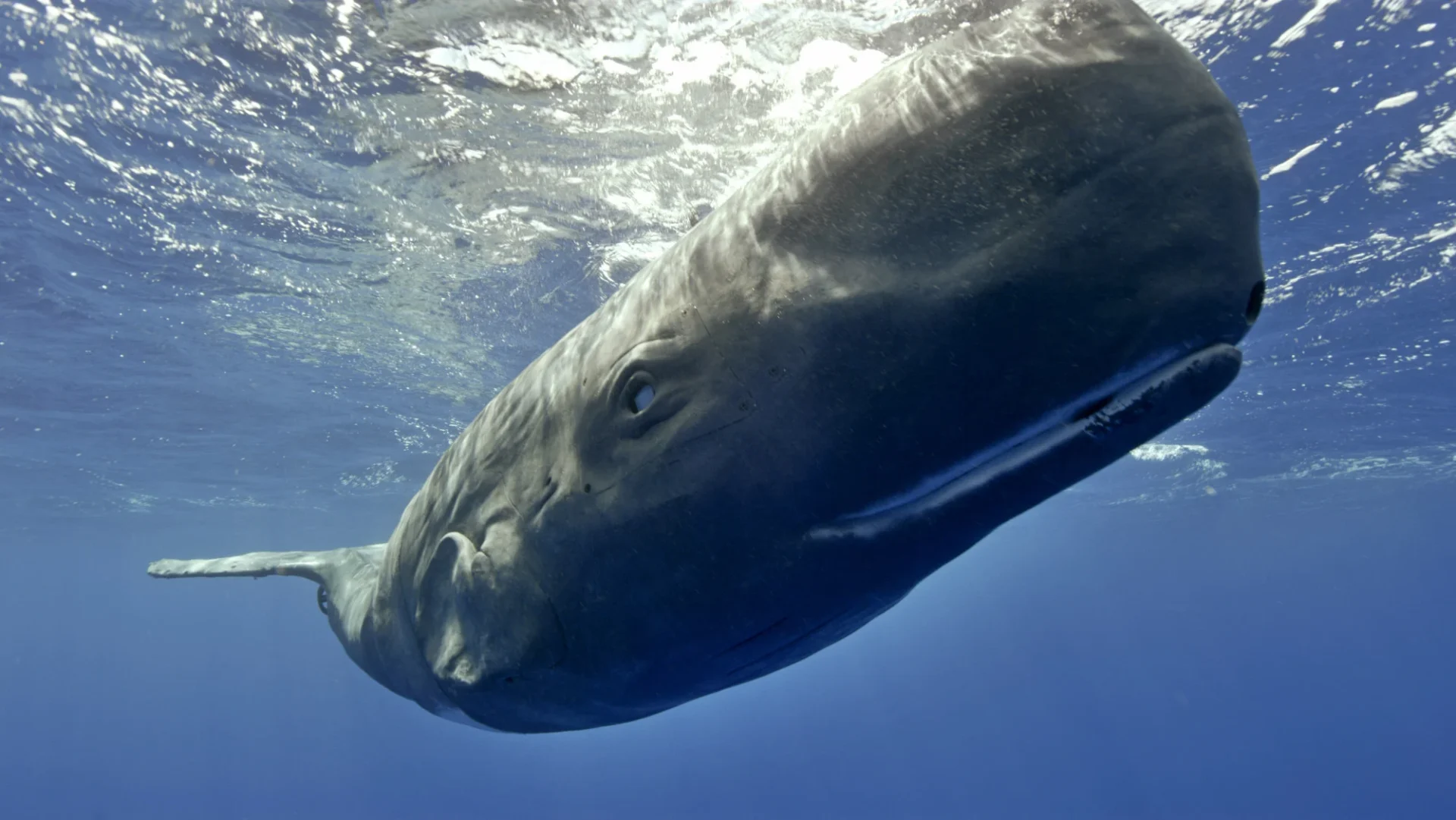In the captivating new BBC series “Spy in the Ocean,” an extraordinary ensemble of undercover agents takes center stage, representing the broadcaster’s next generation of surveillance experts. Prepare to be amazed as this unique team includes not only a dolphin, octopus, and seal but also a delightful addition to the crew—a baby humpback whale. These incredible robotic spies, designed with impeccable camouflage capabilities, offer an unprecedented glimpse into the depths of the ocean, capturing scenes that have rarely, if ever, been witnessed by human eyes.
The concept of evolution takes a fascinating turn in this groundbreaking production, albeit in a manner that Charles Darwin might not have anticipated. Building on the success of the 2017 series “Spy in the Wild,” which delved into the secret lives of terrestrial, aerial, and amphibious creatures, the BBC now sets its sights on the vastness of the ocean. Their ingenious strategy involves deploying animatronic versions of marine inhabitants, equipped with hidden cameras, on covert missions to reveal the hidden wonders of marine life.
This four-part series pushes the boundaries of technological sophistication, featuring an extraordinary array of undercover agents. From the graceful dolphin and elusive octopus to the agile marine iguana, intelligent cuttlefish, and charismatic seal, each spy possesses an astonishing level of realism. Producer Huw Williams, with a touch of humor, acknowledges the mounting costs associated with their evolution. While smaller creatures like the hermit crab may command a few thousand pounds, the more elaborate creations can reach tens of thousands. However, the lifelike nature and camera-concealing abilities of these spies justify the investment.
It is the agents’ unparalleled ability to blend seamlessly into their surroundings that unlocks the mesmerizing oceanic landscapes seldom captured on film. Witness the harmonious interaction of whales and dolphins, as they frolic together in joyous camaraderie. Behold the mesmerizing spectacle of millions of tuna crabs emerging from the depths to satiate their hunger for plankton. Marvel at the intricate dance of emotions displayed by cuttlefish, illuminated by the enchanting play of light across their skin. The spy agents, by infiltrating these intricate ecosystems, not only provide breathtaking visual experiences but also forge a deeper connection between viewers and the natural world.
This remarkable series goes beyond mere entertainment, aiming to instill a sense of empathy and conservation among its audience. By showcasing the rich emotional lives of animals, viewers are encouraged to care for and protect wildlife. The opening sequence, featuring a spy whale and its calf, serves as a poignant reminder of the shared existence between humans and marine creatures. Breaking down the barriers of communication, it fosters a profound sense of connection and empathy, fueling the desire to preserve our fragile ecosystems.
Creating these spy creatures presented an immense challenge, demanding unprecedented engineering ingenuity. Each animatronic agent was meticulously designed, tailored to mimic the behavior and appearance of its real-life counterpart. Worldwide collaboration was necessary, with engineers from Tokyo playing a crucial role in bringing these creations to life. Ensuring functionality underwater presented additional complexities, such as waterproofing, size optimization, depth endurance, and buoyancy calibration.
The journey of these technological marvels traces back more than two decades when the BBC’s visionary leader, John Downer, conceived the idea of deploying a spy camera disguised within a boulder to infiltrate a lion pride for the series “Lions – A Spy in the Den.” Since then, the evolution of remote cameras has been remarkable, evolving from a simple rock to a sophisticated menagerie of motorized creatures.
While the risks were substantial, the team managed to recover all their spies, ensuring none were left behind. Brace yourself for a breathtaking exploration of the oceanic realm as “Spy in the Ocean” premieres on BBC Earth. Tune in to Cable TV channel 721 or Now TV 220 starting June 20.
READ MORE:
